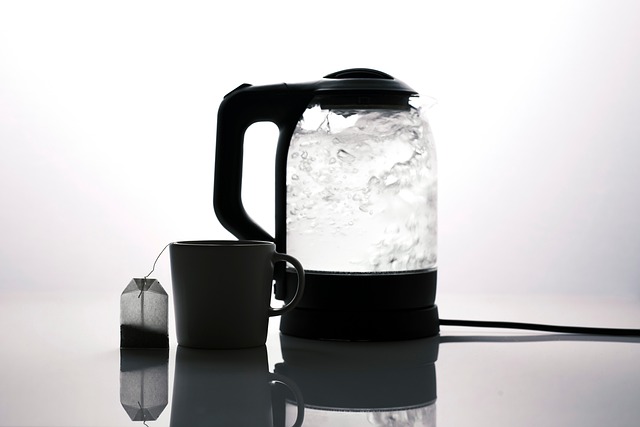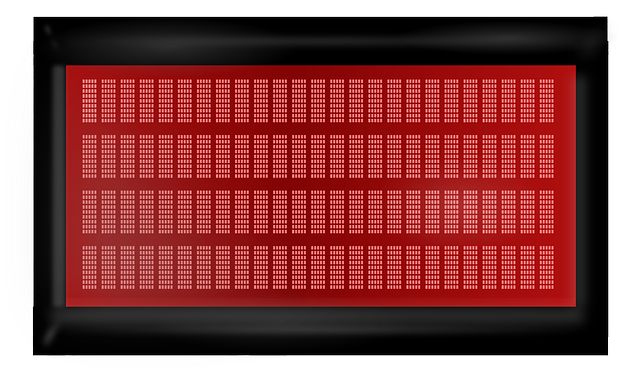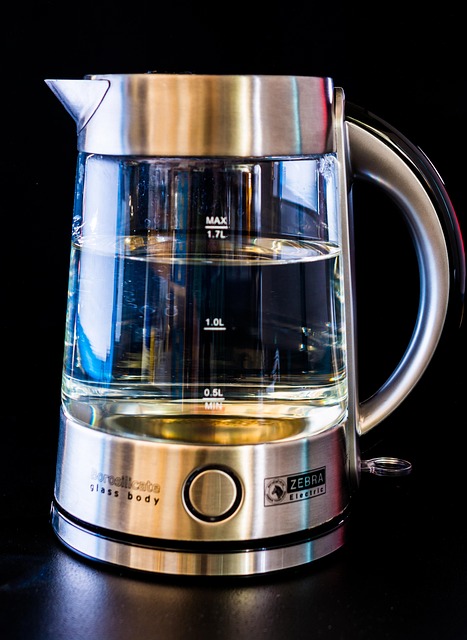TL;DR: Regularly flush your water heater (every 3-6 months or more frequently based on age, location, and performance) to remove mineral deposits and sediment, ensuring optimal efficiency and longevity. Inspect for leaks periodically and repair them promptly to prevent damage and energy loss.
Discover the optimal flushing routine for your water heater and avoid unexpected surprises. This guide explores the ideal frequency for maintenance, considering various factors that influence the need for a flush. From understanding the inner workings of your water heater to identifying signs that necessitate a flush, you’ll learn practical tips to ensure efficient operation and longevity. Optimize your water heater maintenance today with these insights, tailored to meet your specific needs.
- Understanding Water Heater Flush Cycles
- Factors Influencing Flush Frequency
- Tips for Efficient Water Heater Maintenance
Understanding Water Heater Flush Cycles

Understanding Water Heater Flush Cycles is a crucial aspect of proper water heater maintenance. These cycles are designed to remove mineral deposits and sediment that can accumulate over time, leading to reduced efficiency and potential damage to your heater. Regular flushing helps maintain optimal performance and longevity of your water heating system.
The frequency of flushing depends on several factors including the age of the heater, local water conditions, and usage patterns. As a general guideline, it’s recommended to flush your water heater every 3 to 6 months. This simple maintenance routine can prevent serious issues down the line, ensuring your water heater operates smoothly and efficiently for years to come.
Factors Influencing Flush Frequency

The frequency at which you should flush your water heater isn’t a one-size-fits-all answer. Several factors influence this, ensuring that your water heater operates efficiently and prolongs its lifespan. One of the primary determinants is the type of water heater you own; for instance, tank water heaters generally require more frequent flushing due to sediment buildup over time. The age of your water heater plays a role too—as it gets older, parts can wear out faster, making regular maintenance crucial. Hard water regions also demand more frequent flushing because minerals in hard water can accumulate inside the tank, reducing efficiency and potentially causing damage. Additionally, if you notice increased energy bills or inconsistent hot water delivery, these could be indicators that your water heater needs a flush.
Tips for Efficient Water Heater Maintenance

Regular water heater maintenance is key to keeping your hot water supply reliable and efficient. Here are some expert tips to ensure optimal performance:
1. Flush Your Heater Regularly: While it may seem counterintuitive, flushing your water heater periodically helps remove sediment buildup, which can reduce energy efficiency and even cause damage. A good rule of thumb is to flush it every 6 months to a year, depending on usage and the quality of your local water supply.
2. Check for Leaks: Regularly inspect your water heater for any signs of leaks around connections and valves. Addressing small leaks promptly can prevent significant damage and unnecessary energy loss. Keep an eye out for dripping water or moisture buildup near the base of the tank, which could indicate a problem that requires professional attention.
Regular water heater maintenance is key to ensuring optimal performance and longevity. While a complete flush every 3-6 months is recommended, several factors influence this frequency. By understanding these considerations and adopting efficient maintenance practices, you can significantly enhance the life of your water heater and avoid costly repairs. Remember, proper upkeep is a simple yet powerful way to keep your hot water supply reliable and consistent.
